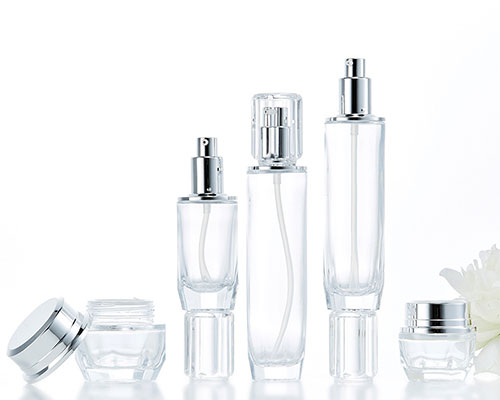The most common glass bottle packaging materials are soda-lime-silica glass, crystal glass, borosilicate glass, art glass, thermochromic glass, and frosted glass. These glass packaging container materials each have their own unique properties and uses. Choosing the right glass packaging material can effectively improve the protection and display effects of the product.
Soda-lime Glass Bottle Packaging
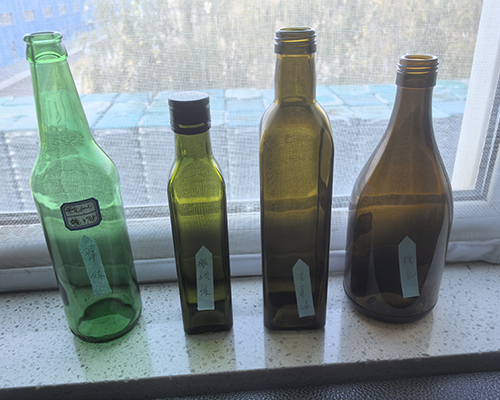
The most common glass packaging material for soda-lime glass bottles is soda-lime glass. Its main components are silicon dioxide, sodium oxide, lime, and very small amounts of other elements. Soda-lime glass materials are suitable for making economical glass packaging containers for mass production. Soda-lime glass bottles are mostly used for packaging food and beverages, such as olive oil bottles, wine bottles, milk bottles, honey jars, etc.
Adding metals or metal oxides to soda-lime glass turns it into colored glass. In addition to enhancing visual beauty, colored glass bottles can also absorb light to the greatest extent and fully reflect light. Dark glass bottles have better performance in blocking ultraviolet rays, light, and heat than transparent glass bottles, and they can better protect products. For example, dark green or amber glass bottles are mostly used to package wine and olive oil. They can avoid exposure to light during long-term storage and improve the stability of wine and olive oil.
Crystal Glass Bottle
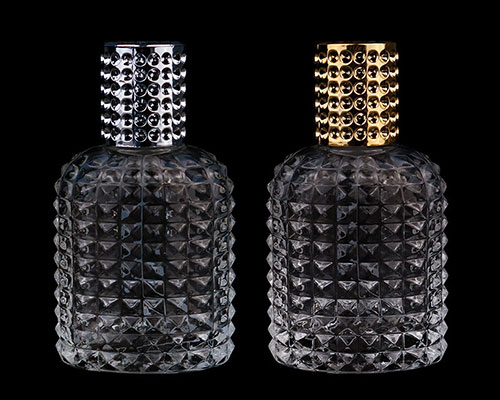
Crystal glass is made by adding about 24% lead oxide to ordinary glass, because it has a crystal-like shiny effect visually. Perfume bottles and high-end wine bottles made of crystal glass have the beauty of crystal visually. The reason is that lead glass has high hardness and wear resistance, and adopts a multi-faceted refraction structure, which produces a crystal-like visual effect. At the same time, crystal glass can refract and transmit the color of the contents, making it look more beautiful.
Crystal glass bottles are mainly used for packaging high-end cosmetics, wine bottles, crafts, etc. The most common is perfume packaging.
Borosilicate Glass Bottle
Borosilicate glass is mainly composed of 75% – 85% quartz (SiO2) and 8% – 19% sodium hydroxide (B2O3). The amount of sodium hydroxide affects the performance of glass in a specific way. Its chemical stability is better than that of soda-lime glass, with low expansion and high temperature resistance.
Borosilicate glass bottles are mostly used to package food and medicine, and they can withstand high temperature heating.
Art Glass Packaging Containers

Art glass is mainly realized through a double-layer wall structure. Since the craft decoration is carried out on the inner wall of the outer layer, the internal decoration on the wall of the glass container will not be eroded, and can remain clear, beautiful and non-deformed for a long time.
Art glass packaging containers are suitable for packaging high-end products and have craft collection value.
Thermochromic Glass
The surface of the glass is coated with thermochromic paint, which changes color as the external temperature changes. When the temperature returned to normal, the color returned. It is generally used for product packaging that has strict temperature requirements, such as water bottles and glasses.
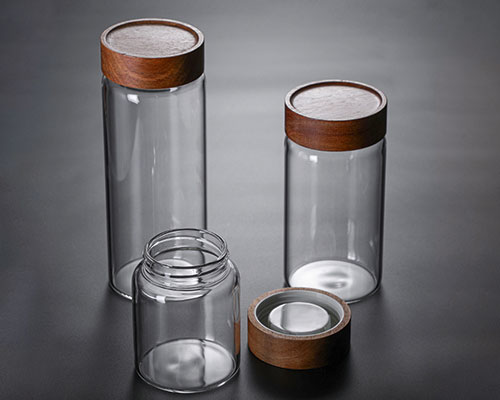
Frosted Glass Bottle
The transparency of glass is determined by the arrangement structure of atoms or molecules in the glass material. Frosted glass packaging changes the arrangement structure of atoms or molecules in the glass material, not allowing or only allowing part of the light to pass through, thus forming an incompletely transparent glass packaging container.
Frosted glass bottles are mostly used for skin care product packaging. Frosted glass not only enhances the visual beauty, but also changes the texture.
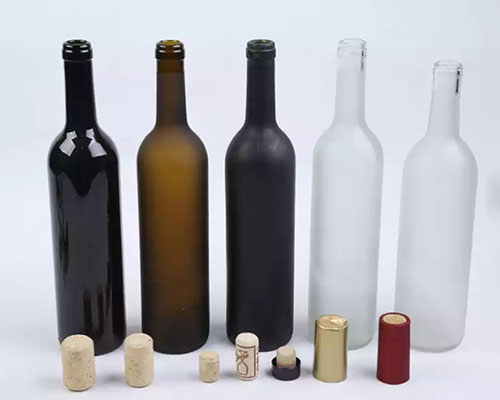
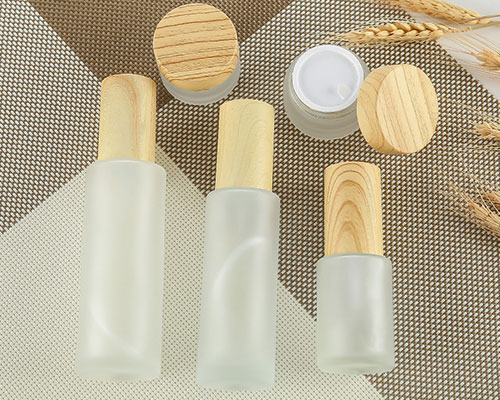
When we choose glass bottle packaging materials, we should first consider the packaged products. For example, soda-lime glass is used for food and beverage glass packaging bottles, high borosilicate glass can be considered for pharmaceutical packaging, crystal and frosted glass packaging can be considered for high-end cosmetics.

